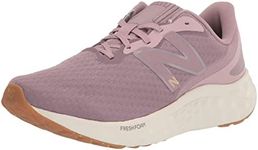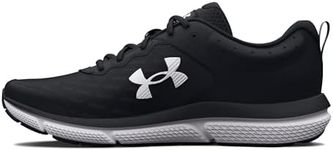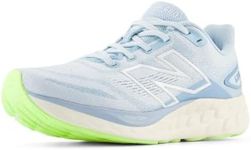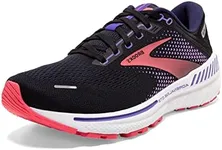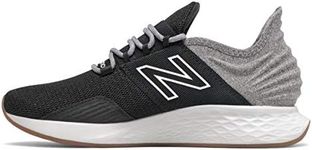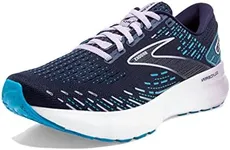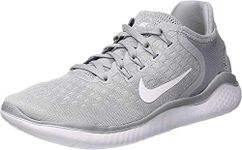Buying Guide for the Best Women Running Shoes
Choosing the right women's running shoes is essential for comfort, injury prevention, and overall performance. The best pair will support your feet, match your running style, and suit the surfaces you run on. Before you buy, think about how often you run, the distances you cover, and any foot issues you may have. Trying on shoes at the end of the day (when your feet are slightly swollen) can help you find the best fit. Remember, the right running shoes should feel comfortable from the start and not require a 'break-in' period.CushioningCushioning refers to the amount of padding in the sole of the shoe, which absorbs impact as you run. This is important because it helps protect your joints and provides comfort, especially on longer runs. Shoes with minimal cushioning are lighter and give you more ground feel, which some runners prefer for speed or short distances. Moderate cushioning offers a balance between comfort and responsiveness, suitable for most runners. Maximum cushioning provides the most shock absorption, ideal for those who run long distances, have joint pain, or prefer a softer feel. Choose the level of cushioning based on your comfort preference, running distance, and any joint concerns.
Arch SupportArch support is about how the shoe supports the natural arch of your foot. This is important because the right support can prevent discomfort and injuries like plantar fasciitis. Shoes are generally designed for low, neutral, or high arches. If you have flat feet or low arches, look for shoes with more support and stability features. If you have high arches, you may need shoes with extra cushioning and flexibility. To pick the right one, consider your foot shape or get a gait analysis at a running store.
Fit and SizingFit and sizing refer to how well the shoe matches the shape and size of your foot. This is crucial because a poor fit can cause blisters, black toenails, or other injuries. Running shoes should have a snug fit in the heel and midfoot, with some room (about a thumb's width) in the toe box to allow for foot swelling during runs. Sizes can vary between brands, so always try shoes on and walk or jog in them before buying. If you have wide or narrow feet, look for brands that offer different width options.
WeightThe weight of a running shoe affects how heavy your feet feel while running. Lighter shoes are often preferred for speedwork or races, as they allow for quicker movement. Heavier shoes usually have more cushioning and support, making them better for long runs or recovery days. If you prioritize speed and run short distances, a lighter shoe may be best. For longer distances or if you need more support, a slightly heavier shoe with more features might be a better fit.
Traction and OutsoleTraction refers to how well the shoe grips the running surface, which is determined by the design and material of the outsole (the bottom part of the shoe). Good traction is important for safety, especially if you run on wet, uneven, or off-road surfaces. Road running shoes have smoother outsoles for pavement, while trail running shoes have deeper lugs for grip on dirt and rocks. Choose the outsole based on where you plan to run most often.
BreathabilityBreathability is about how well the shoe allows air to circulate around your foot. This is important for keeping your feet cool and dry, reducing the risk of blisters and odor. Shoes with mesh uppers are more breathable and are a good choice for warm weather or long runs. If you run in cold or wet conditions, you might prefer shoes with less mesh or water-resistant materials. Pick the level of breathability based on your typical running environment and personal comfort.
